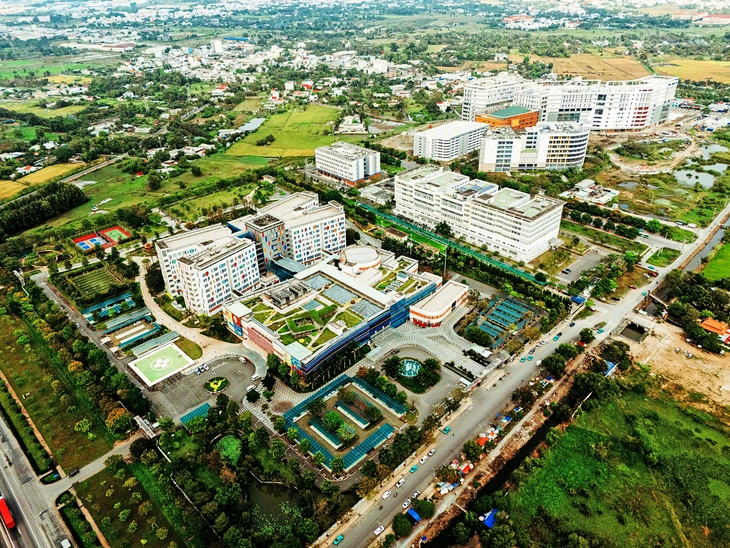
The model of specialized medical clusters helps improve overall capacity, creating a solid "foundation" for the Ho Chi Minh City health sector to reach regional levels. In the photo: Tan Kien specialized medical cluster, Binh Chanh district - Photo: THANH HIEP
On the eve of the 1st Congress of the Ho Chi Minh City Party Committee for the 2025 - 2030 term, with many important development goals for the health sector, aiming to build Ho Chi Minh City into the group of 100 most livable cities in the world , Tuoi Tre reporter interviewed Mr. Tang Chi Thuong - Director of the Ho Chi Minh City Department of Health - about the 5-year journey of strong transformation and key strategies in the coming period.
Reaching Asia, aiming for the world's top 100
* What is the current status of Ho Chi Minh City's healthcare system in the region? In 5-10 years, will we be able to shorten the gap and catch up with countries with the most developed healthcare systems in the region such as Singapore or Thailand while "they run, we run too"?
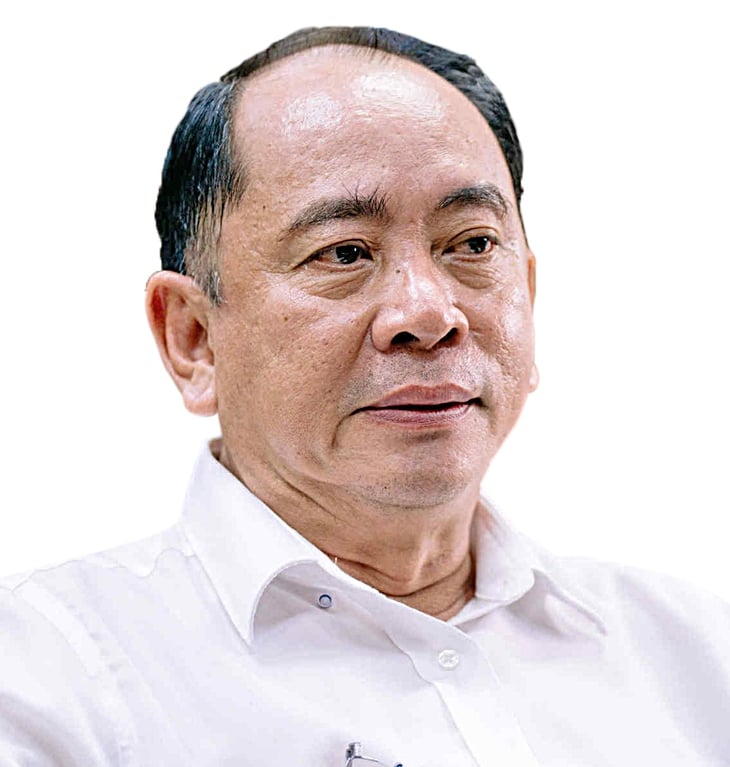
Mr. Tang Chi Thuong - Director of Ho Chi Minh City Department of Health
- With strong determination to innovate and invest, Ho Chi Minh City can completely shorten the gap, reaching parity with countries with leading medical development such as Singapore or Thailand.
In terms of technical expertise, we are not inferior to other countries in the region. We have mastered many advanced techniques such as: fetal intervention, congenital heart disease treatment during pregnancy, robotic surgery...
Many countries have even invited Vietnamese doctors to transfer technology. Leading centers in Ho Chi Minh City have successfully implemented and been recognized in many countries.
However, our weakness is the lack of uniformity. Many facilities have not met international standards, and recognition of standards is still limited. We need to develop standardization criteria, and the Ministry of Health needs to clearly recognize international standards to serve as a basis for hospitals to strive for.
I think that the city is building a model of specialized medical clusters, helping to improve overall capacity, creating a solid "foundation" for the Ho Chi Minh City health sector, from training, medical examination and treatment, to research and technology transfer.
* The draft political report of the 1st Ho Chi Minh City Party Congress clearly stated: Ho Chi Minh City aims to be among the 100 most livable cities in the world by 2045. What steps has the city's health sector prepared to build a health system strong enough, modern enough, worthy of an international megacity?
- Ho Chi Minh City is on the way to becoming a specialized medical center in the ASEAN region. Many specialized techniques on par with those in the region and the world have been successfully deployed.
It can be said that almost all diseases can be treated right in this city, helping to gradually reduce the need for people to go abroad for medical treatment.
With a sustainable development strategy and the determination of the entire system, Ho Chi Minh City is gradually realizing the goal of becoming the leading healthcare center in the ASEAN region, transforming with the nation in the new era.
The city not only meets the medical needs of domestic people but also attracts international patients, contributing to affirming Vietnam's position on the world medical map.
Synchronizing the health system - the "key" to sustainable development
* How do you evaluate the role and importance of Resolution 72 for the development of the health sector, especially for Ho Chi Minh City - the largest city in the country with more than 13 million people. What benefits will Ho Chi Minh City residents get from this resolution?
- Resolution 72 sets a target that by 2030, 100% of people will receive free health check-ups at least once a year. This is a big challenge for the megacity of more than 13 million people. To realize this goal, the Ho Chi Minh City health sector has developed a specific strategy. Up to now, the program has been implemented for the elderly and students, and will soon be expanded to workers, pregnant women...
Building a digital map of people's health is considered an important step in the process of digital transformation of healthcare, aiming at the goal of all health examination data being updated into electronic records, forming a unified health management system for the whole city.
Resolution 72 is considered a breakthrough, opening up many opportunities for the health sector, especially private health, with mechanisms such as tax reduction and investment incentives, contributing to improving service quality.
Resolution 72 is not only the first step for a comprehensive health development program in the coming time, but also a great challenge that requires concerted efforts from all levels and sectors. The Ministry of Health will develop a specific action program to effectively implement this resolution.
* In your opinion, what is the most important "key" for the Ho Chi Minh City health sector to develop sustainably, effectively and adapt to the new context?
- To aim to become a healthcare center in ASEAN, Asia and the world, Ho Chi Minh City needs to develop a synchronous healthcare system - from primary healthcare to preventive healthcare.
In addition, to become high-quality medical centers, hospitals in Ho Chi Minh City need to meet international standards, deploy many specialized techniques and improve the quality of medical services to attract domestic and regional patients.
In the next 5 years, the Department of Health aims for leading specialized hospitals to strive to achieve similar international standards. An important lesson learned during the last term is: "Mobilizing the collective strength of the entire industry".
When the entire health system works together, the overall strength will increase significantly, this is a valuable lesson and also the foundation for sustainable development. Of course, this requires close and decisive direction from the health sector's leaders.
What is the overall picture of the health sector in Ho Chi Minh City?
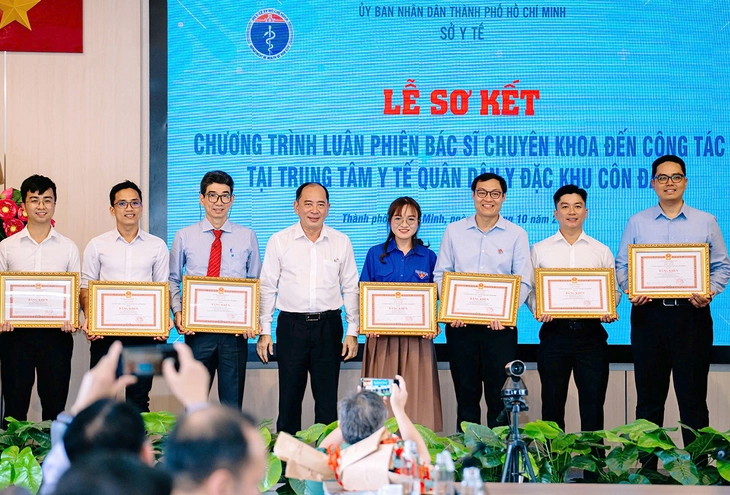
Specialists of hospitals in Ho Chi Minh City received certificates of merit from the Chairman of the Ho Chi Minh City People's Committee for their outstanding achievements in improving the quality of medical examination and treatment for the Con Dao Special Zone Military-Civilian Medical Center - Photo: THANH HIEP
* From July 1, 2025, Ho Chi Minh City merged with Binh Duong and Ba Ria - Vung Tau. The Department of Health predicted the overload situation at the end-line hospitals and proactively developed a response plan. After more than 3 months, is the reality different from the forecast? How has the overall picture of the health sector changed?
- After more than 3 months of merger, the number of people's medical examinations and treatments has increased but not too much overload. Before the merger, there was a difference in medical capacity between Ho Chi Minh City, Ba Ria - Vung Tau and Binh Duong (old), leading to different levels of medical benefits for people.
With the view of "leaving no one behind, even in the farthest places", the program of rotating specialist doctors to work in Con Dao was launched by the Department of Health, with the message: Ho Chi Minh City's healthcare system not only expands geographically but also spreads the sense of responsibility to the farthest areas such as Con Dao.
In parallel, the capacity of major hospitals in Binh Duong and Ba Ria - Vung Tau (old) will be enhanced. Leading hospitals in the center of Ho Chi Minh City will open second facilities in Binh Duong and Ba Ria - Vung Tau. To implement, there needs to be close coordination between departments and branches, especially in prioritizing land funds for healthcare.
An unprecedented period
According to the head of the Ho Chi Minh City health sector, the 2021 - 2025 period can be said to be an unprecedented historical period, likened to "once in a century" when the Ho Chi Minh City health sector must simultaneously face the COVID-19 pandemic and carry out administrative boundary mergers.
After the COVID-19 pandemic, the entire system from hospitals to grassroots health care in Ho Chi Minh City has been consolidated synchronously. There has been an unprecedented "wave" of investment in health infrastructure. The construction and upgrading of hospitals and health stations has been accelerated to better serve the needs of the people.
Source: https://tuoitre.vn/y-te-tp-hcm-truoc-thoi-co-vuon-tam-khu-vuc-20251013092121732.htm




![[Photo] Solemn opening of the 1st Government Party Congress](https://vphoto.vietnam.vn/thumb/1200x675/vietnam/resource/IMAGE/2025/10/13/1760337945186_ndo_br_img-0787-jpg.webp)



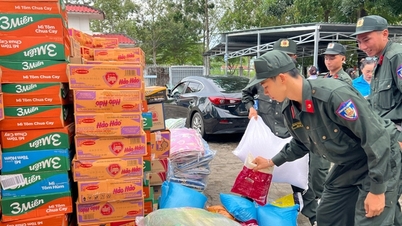






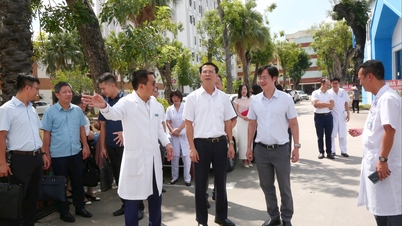

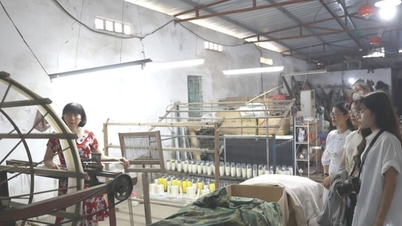





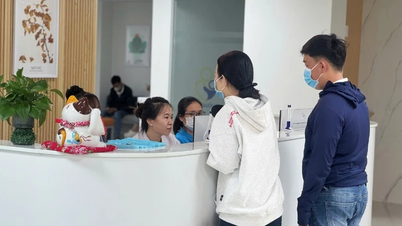

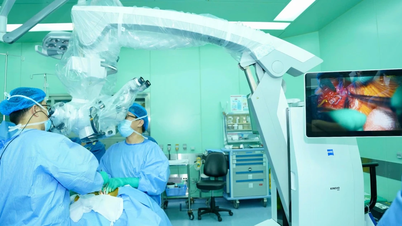
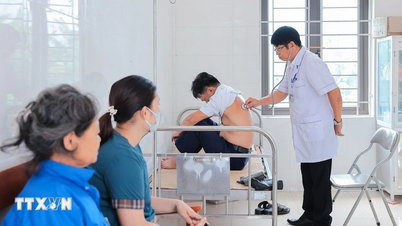











![[Photo] General Secretary To Lam attends the opening of the 1st Government Party Congress](https://vphoto.vietnam.vn/thumb/1200x675/vietnam/resource/IMAGE/2025/10/13/1760321055249_ndo_br_cover-9284-jpg.webp)



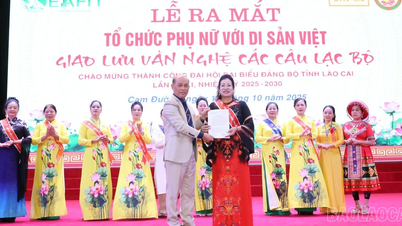

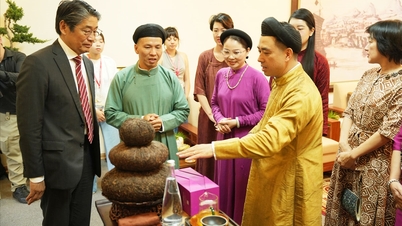







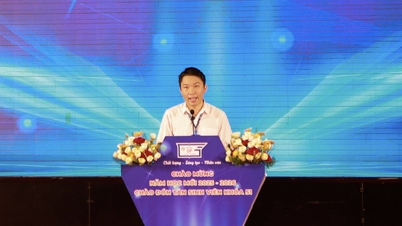




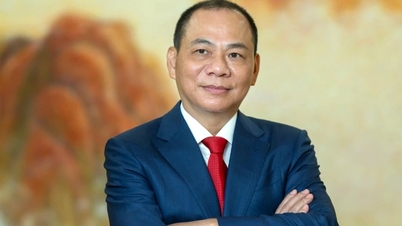






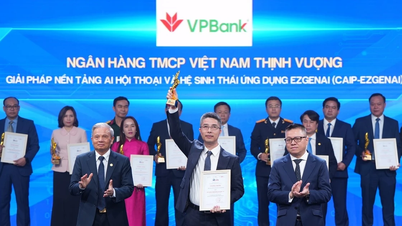


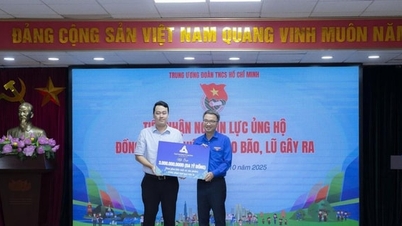
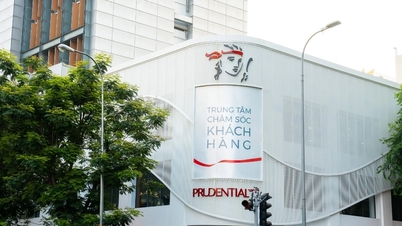














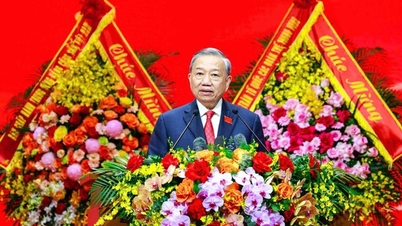

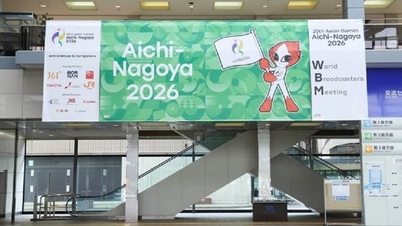


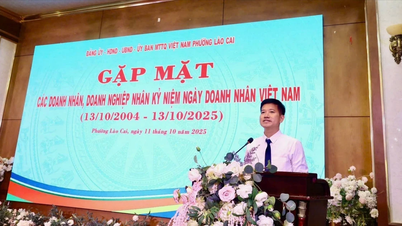
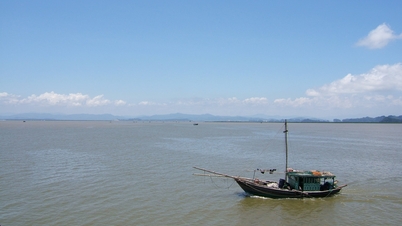
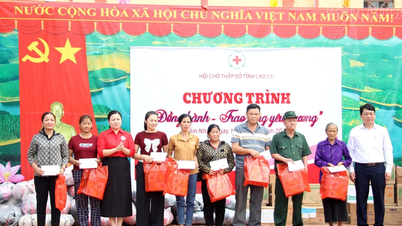
















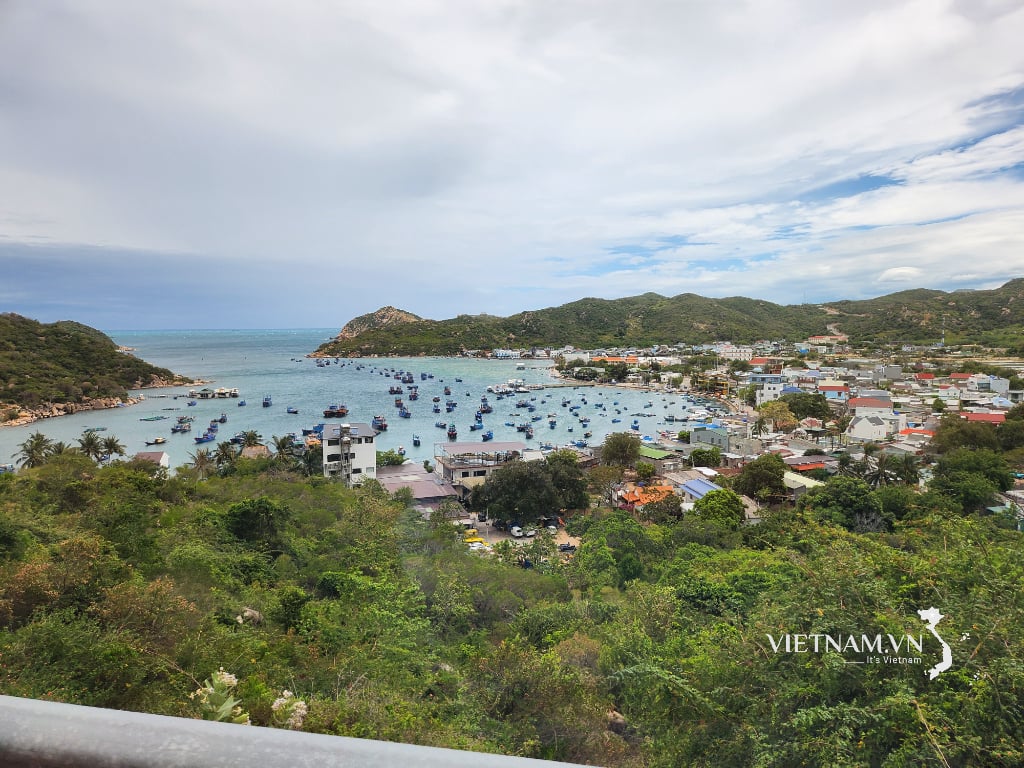

Comment (0)